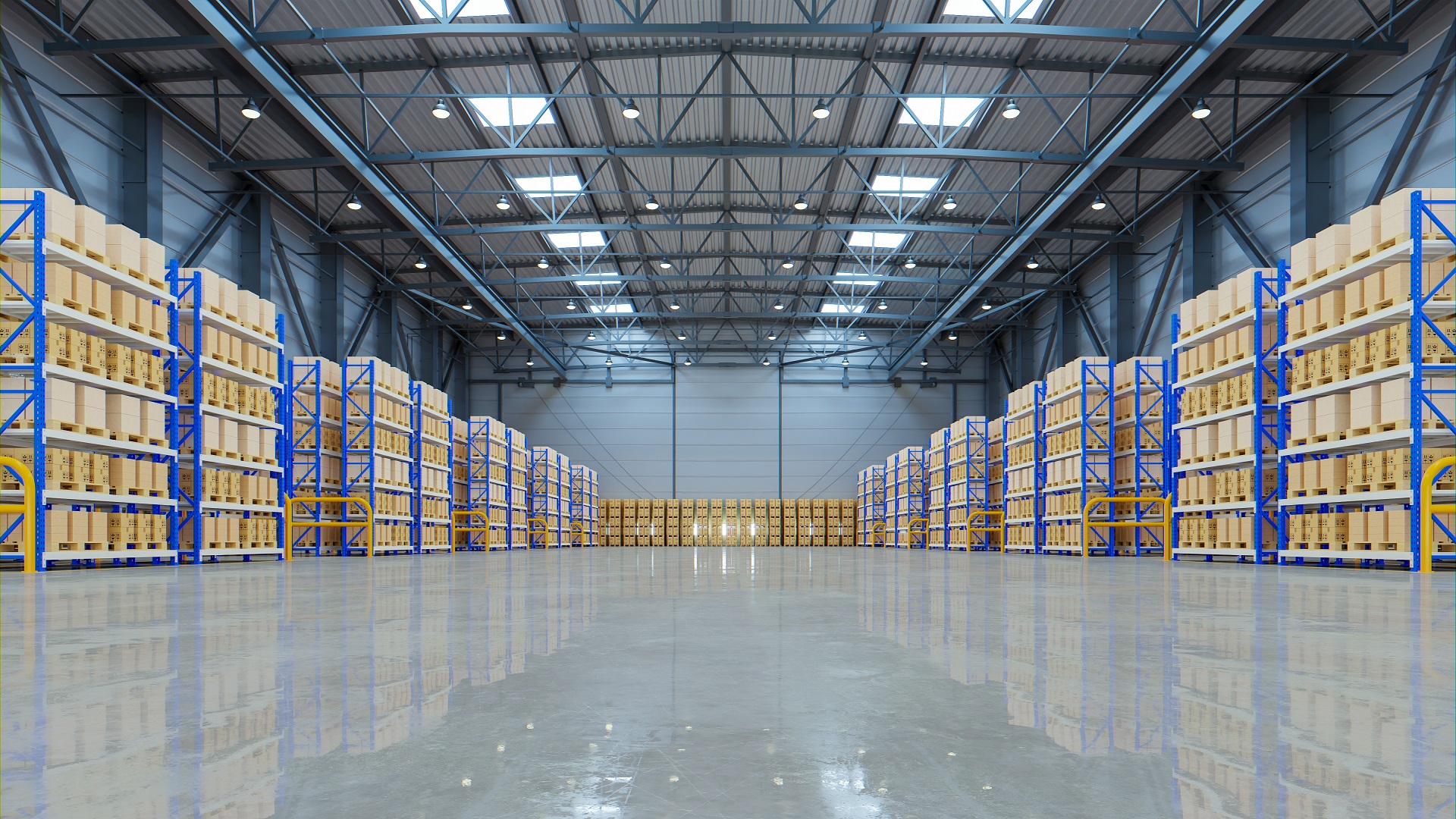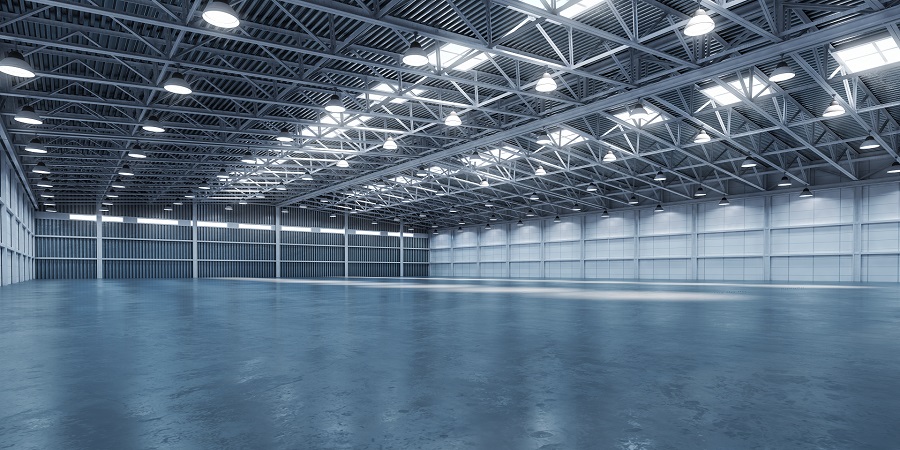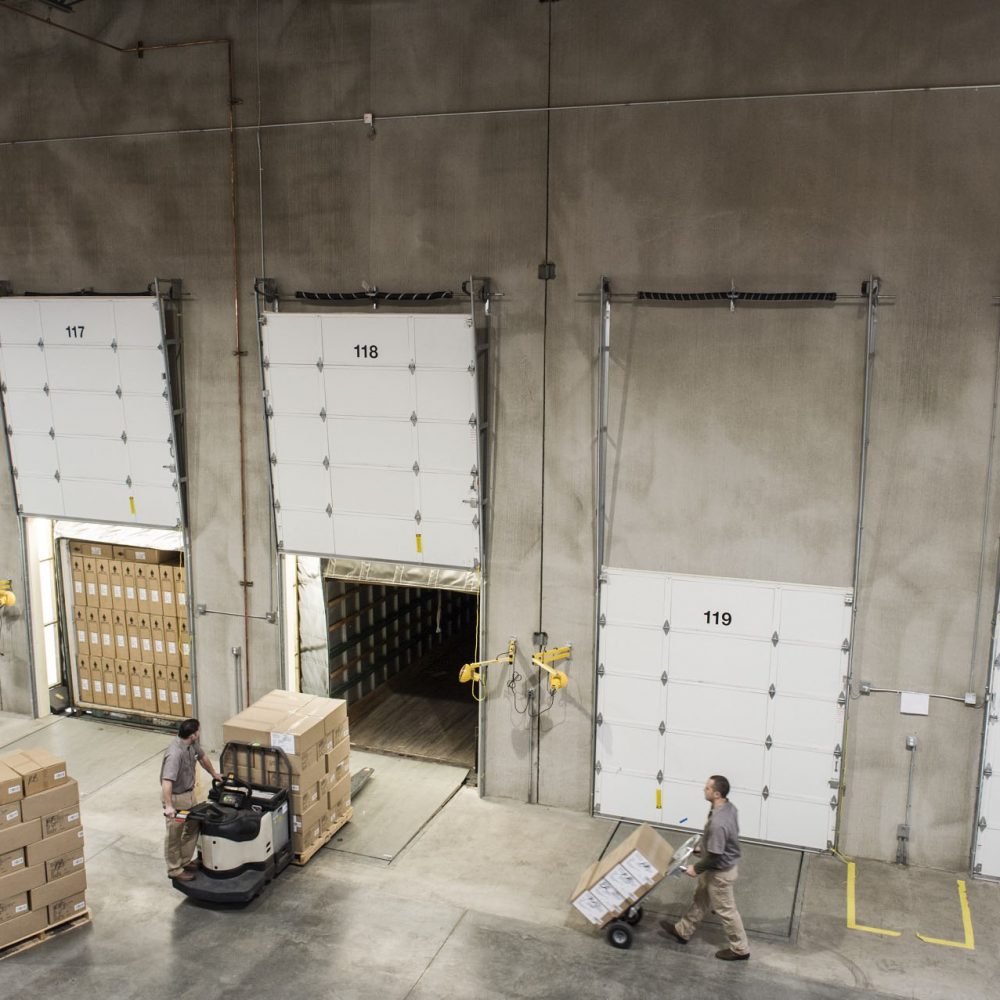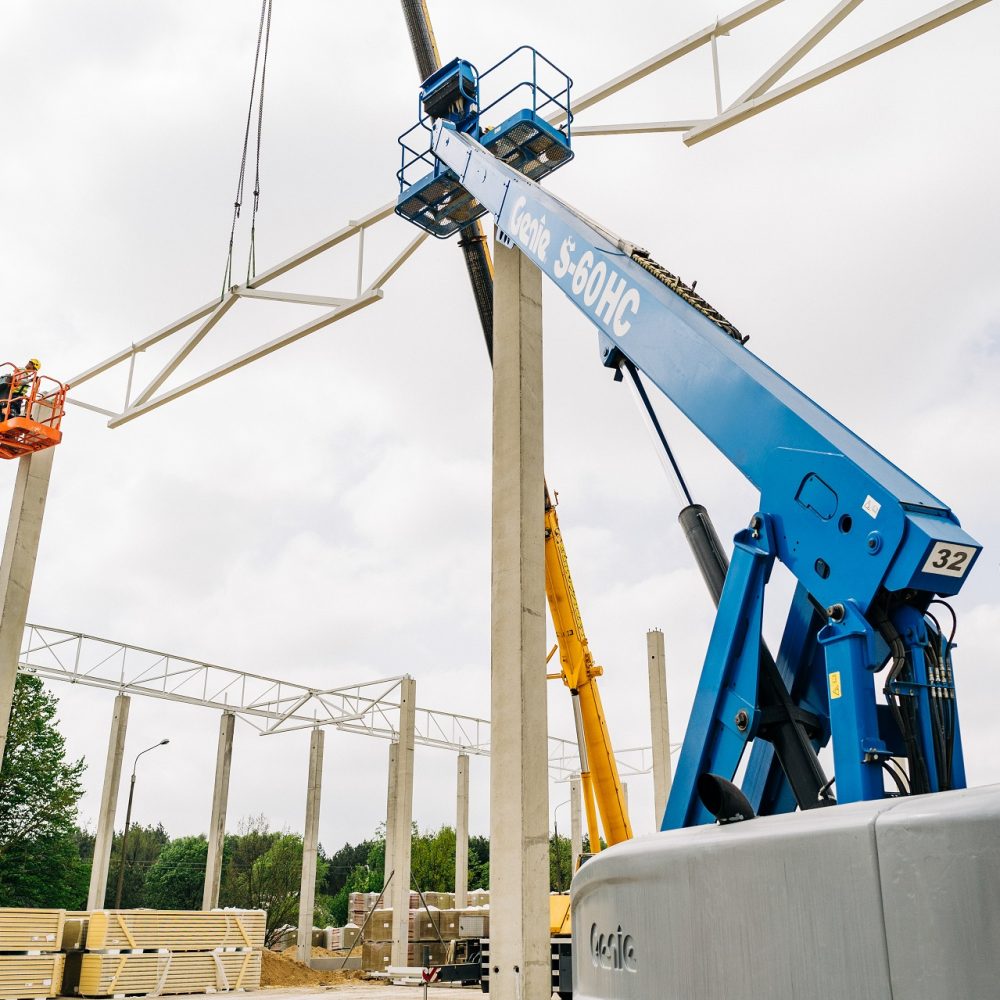
What is the “durability” of steel structures?
By encyclopaedic definition, the “durability” is the structure’s ability to remain useful and is defined for its assumed operating conditions.
Undoubtedly, the durability is a function of time, as it is closely linked to the lifetime of the structure. PN-EN 1990: Eurocode 0 – Basis of Structural Design states that a structure shall be designed and constructed so that, over its intended service life, with a reasonable level of reliability and without excessive cost, it
- accept all impacts and influences during its construction and use,
- and remain useful for the intended use.
Current design standards (Eurocode) use the limit state method to follow the above two postulates. This method uses partial factors to ensure an adequate level of safety for the structure.
The boundary condition method makes it possible to ensure adequate:
- structural load-bearing capacity – the strength, i.e. the ability to carry loads (including loads associated with structural fire),
- serviceability – i.e. sufficient structural rigidity to prevent excessive deflection and tilt.
Thus, the structure must be designed so that its load-bearing capacity and serviceability are adequate, over the design life. This time includes the design, construction and operation phases. We can therefore see that the durability expected is the result of the ‘interaction’ of all actors of the design process. After all, the reliability of a structure, which is closely related to its durability, is defined by the designer, provided by the structure contractor and maintained at an appropriate level by its user. Steel structure of a hall should be designed so that it is not damaged excessively in relation the root cause, as a result of such factors as damage, explosion, impact or human error.
Damage prevention is usually implemented by:
- selection of a structural system with low sensitivity to the possible failure of a single component or part of the structure (adoption of statically non-determinant schemes, which allows internal forces to be redistributed in the elements and actions to be taken up by elements with greater rigidity),
- avoiding structural systems which may fail without prior warning (avoiding statically determinate schemes except for structures designed in areas subjected to mining damage, where deformable static schemes are preferred, avoiding steel connections whose failure occurs through bolt breakage),
- the interconnection of structural elements into a single unit.
Service life of steel halls
According to EN 1990, steel-framed buildings are classified in the fourth design life group. The indicative service life of such facilities is 50 years. This group of course includes steel industrial halls or steel warehouse halls. However, the question to as is whether the steel hall will fail or collapse after these 50 years. This is a possible scenario, although highly unlikely. Steel halls and structures are classified as non-residential buildings with steel-framed roofs. This means that with a correct design, carefully prefabricated components, adherence to technical recommendations and appropriate reasonable use, the service life of a steel hall can be estimated to be 80-100 years.
What does the durability of a steel hall depend on?
According to EN 1990, in order to ensure the durability of a steel hall, consideration must be given to:
- the intended or anticipated use of the structure,
- design criteria required,
- expected environmental conditions,
- composition, properties and behaviour of materials and products,
- the properties of the ground on which the facility is founded,
- type of structural system,
- the shape of the elements and construction details,
- quality of workmanship and supervision standard,
- specific safeguards,
- intended maintenance over the design lifetime.

Hall steel structures are particularly vulnerable to corrosion. This is why preventive measures (the use of protective coatings, rust-resistant or stainless steels) contribute significantly to the life of a steel hall. In addition to that, the design of a facility such as a steel warehouse equipped with overhead cranes as a means of transport should take into account the fatigue behaviour. A particularly important thing, not only for the durability but also the reliability of the structure as well, is the adoption of appropriate supervision and maintenance conditions.
At the design stage, the EN 1990 standard distinguishes three levels of supervision (DSL):
- rigorous (DSL3) – design verified by another design unit,
- normal (DSL2) – verification based on valid standards ensuring an adequate level of reliability,
- liberal (DSL1) – verified by the design author.
At the contracting stage, the standard mentions three levels of inspection (IL):
- extended inspection (IL3) – inspection by a third party,
- normal inspection (IL2) – inspection in accordance with the procedures of the contractor,
- liberal inspection (IL1) – self-inspection.
As can bee seen, the sound durability of a structure is the result of multiple checks and verifications covering the entire design process from the concept stage through to the operational phase of the facility.



